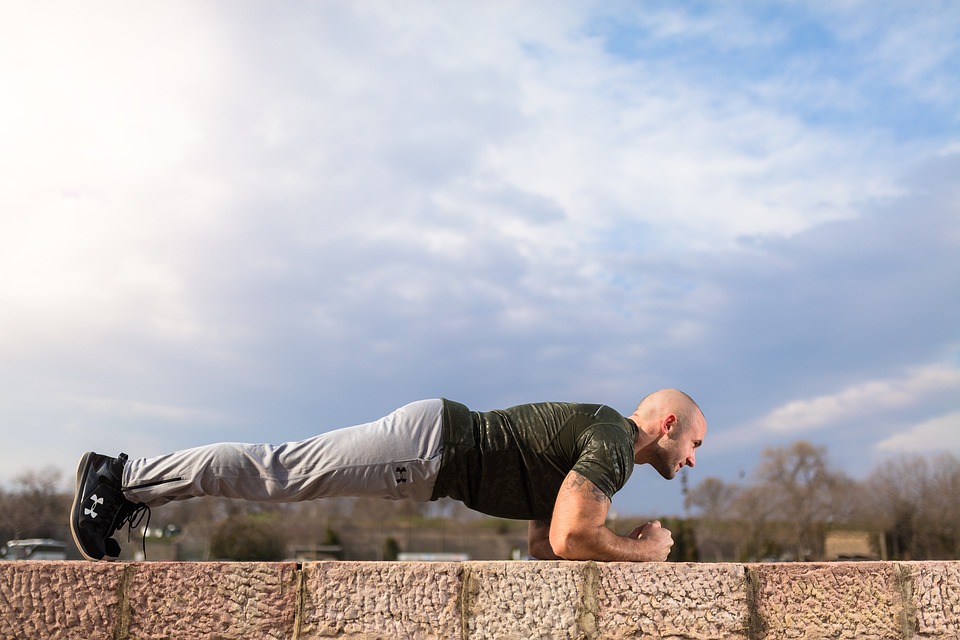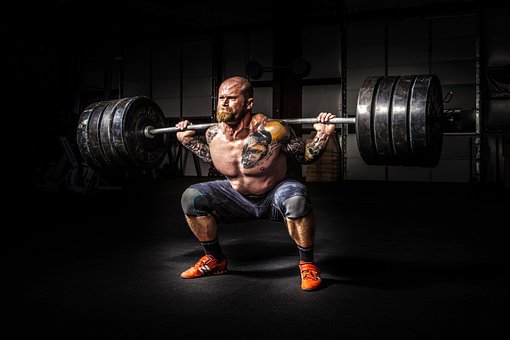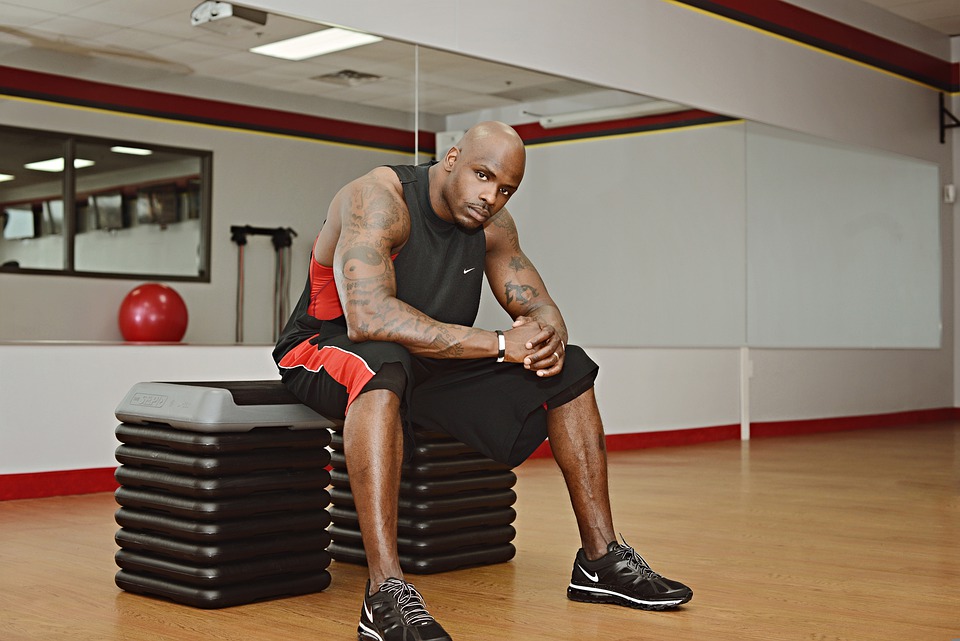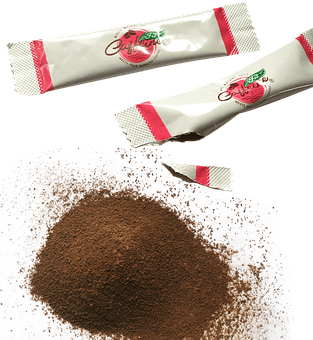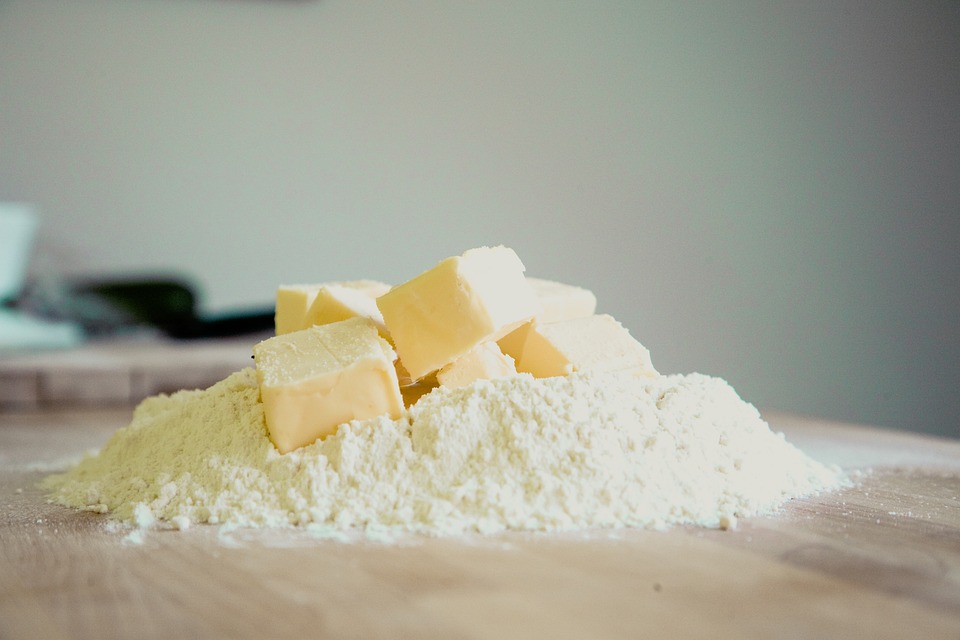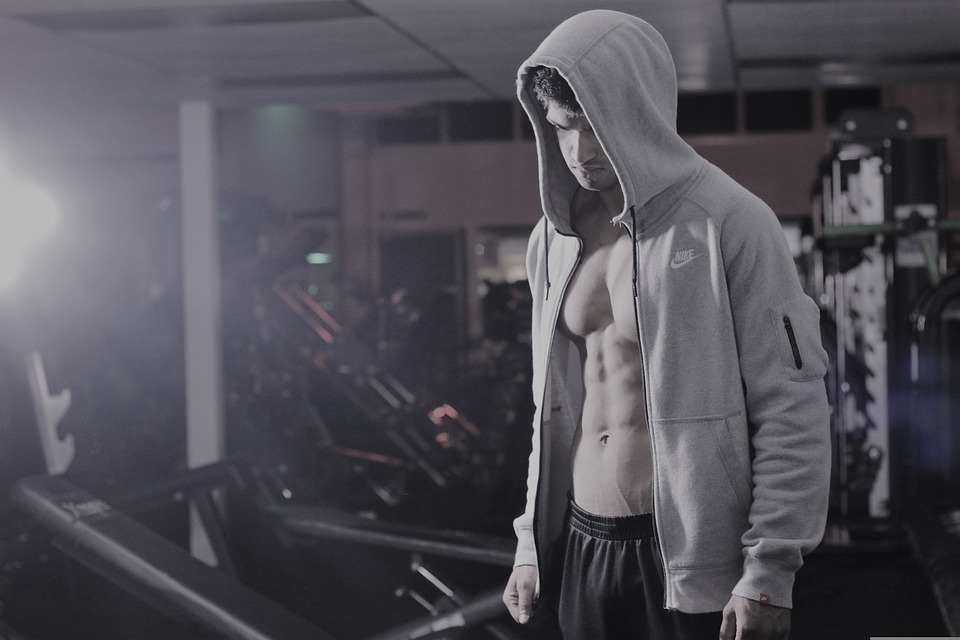
While athletes today focus more on building pure size, athletes in the golden era of bodybuilding had smaller waists and an incredible V-taper.
What is the V-taper and how can you get it?
The V-Taper
The V-Taper is the V-shaped torso that is essential for bodybuilding. It can be achieved through strength training and nutrition.
The V-taper is a natural look for the human body because of the way the trunk muscles are shaped and sized. However, things like excess body fat, poor quality strength training, and bad posture can all get in the way of achieving this look.
An individual with a well-developed V-taper will have large shoulders, a wide back, and a narrow waist.
This is what ultimately gives the V-taper its distinction. An important part of the V-taper that is often overlooked is the impact of proportions. Having a small waist will make the shoulders and back look much bigger in comparison. This is what ultimately gives the V-taper its distinction.
Because of this, it is key that various training techniques are utilized and particular muscles are strengthened in order to have a balanced physique.
Key V-Taper Musculature
There are three muscle groups that you should focus on if you want to develop a V-taper. These groups are important because they will have the most impact on the shape of your body.
1.) Latissimus Dorsi
The lats are muscles in the lower back that stretch up to the shoulders.
The ideal “V-shape” should start with developing lat size, as this will increase back width and contribute most significantly to the desired shape.
Additionally, increasing the size and width of your back will also draw more attention to your waist and enhance your overall look.
The lats are muscles that control shoulder movements and also provide stability to the spine.
There are many exercises that work the latissimus dorsi muscle, including deadlifts, lat pulldowns, rows, and pull-ups. These exercises can be performed using either a vertical or horizontal pulling motion.
2.) Deltoids
There are three muscles in the shoulder, the deltoids. The deltoids are the anterior, middle, and posterior muscles.
Adding width to the top portion of the V-taper will make your shoulders look bigger.
The delts, or shoulder muscles, contract to allow the shoulder to move while also stabilizing the joint.
To target the deltoids most effectively, exercises that involve vertical pressing movements, such as overhead presses and lateral raises, should be given the most focus.
3.) Abdominals
The most eye-catching element of a V-taper is well-defined abdominals.
The most effective way to achieve abdominal definition is to reduce body fat, but specific exercises targeting the abs can also create some muscle definition.
There are actually four different muscles in the abdominal area – the rectus abdominis, transverse abdominis, external oblique, and internal oblique.
There are muscles in your trunk that work to control and stabilize its many movements. These can be targeted with effective exercises like sit-ups, crunches, and isometric holds.
Training Principles for V-Taper Development
In order to see changes in muscle size and to develop a V-taper, you need to train efficiently. This means using a few key principles in your training.
1.) Exercise Mastery
While training volume is important for on-setting muscle growth, it is futile if each exercise is performed poorly.
The amount of time that the muscle spends experiencing stress should be prioritized for optimal muscle growth.
If you don’t do each exercise correctly or if you try to do them too quickly, you won’t be working the muscle for long enough to cause it to grow.
If you’re starting out, keep things light and focus on the movements required and the muscles being worked. Be willing to spend time and effort on mastering the exercise and connecting with the muscles in your mind.
To do this effectively, slow down the eccentric (lowering) phase of the movement of the exercise and focus on squeezing the working muscle with each and every rep.
After you feel comfortable with the exercise and how to do it, then you can start adding more weight.
You can add strength and size most efficiently, and lower the risk of sustaining an injury, by using this approach.
2.) High Volume, Heavy Loads
A meta-analysis of 16 studies found that increasing training volume was the most effective strategy for optimizing muscle growth. The research is clear that the volume of training is the most important factor in optimizing muscle growth. A meta-analysis of 16 studies found that increasing training volume was the most effective strategy for optimizing muscle growth.
This program uses lower to moderate reps to allow for the use of heavier weights.
Training with heavy loads will create a high degree of mechanical tension and muscle damage, both of which are key components of muscle growth.
Although it’s commonly thought that doing six to twelve repetitions is the best way to grow muscle, recent research has shown that there is a range of repetitions that can be effective for growth.
The main focus of this program is heavy lifting with low to moderate reps, but there are also some accessory exercises that need to be done with a high number of reps.
3.) Mechanical Tension
Mechanical tension is a big factor in muscle growth.
The amount of stress that is applied to the muscle is referred to as mechanical tension. The greater the tension applied to the muscle, the greater the adaptation will be.
Other methods of applying mechanical tension effectively include lifts that are heavy and compound.
The program employs various exercises and methods of training, like partial reps, isometrics, and eccentrics, to try and change mechanical tension and hypertrophy.
4.) Muscle Pump
The muscle pump is a phenomenon that occurs when blood rushes to working muscles, causing them to swell and increase in size. This results in the muscles feeling full, tight, and fatigued.
To create a muscle pump, usually you do a lot of repetitions while keeping the muscle tight the whole time.
The muscle pump is a popular method for stimulating muscle growth. The idea is that pumping nutrients into the muscles helps with the repair process and leads to growth.
The giant set will help create a pump, but there are also specific exercises designed to do this.
Step-By-Step Guide to Get a V-Taper
Developing a V-Taper can be done following these three steps: 1. Improve shoulder, chest, and lat development. 2. Improve lower back development. 3. Create the illusion of a smaller waist.
Here are some general steps that should be taken simultaneously, with the exception of step 3, which depends on the individual’s training timeline.
Step 1 – Build Bigger Shoulders
If you want to build bigger shoulders, it makes sense to do exercises that will help you gain the width you need for the V-taper look, as well as help shape the deltoids.
You can work all three heads of your deltoids by doing dumbbell shoulder presses, lateral raises, bent over reverse flyes, and front raises.
It is important to train the shoulders using a variety of rep ranges (6-20 reps) as they can grow with both heavier and lighter loads. Therefore, it is key to train across the entire spectrum of rep ranges.
Step 2 – Increase the Width of Your Back
Achieving a V-shaped physique requires training the back for both thickness and width.
Since the pennation angles of the back muscles vary, you should train them at a variety of angles. This means that you should include pulling movements from a vertical position, horizontal position, and anywhere else in between in your workout routine.
Generally, you want to do exercises that will target the traps and rear delts when trying to build width in the back. This includes moves like pull-ups, pull-downs, and wider grip row variations. These aren’t typically done with dumbbells, but they’re still necessary for building a V-taper.
Although it may be difficult, doing dumbbell-only workouts for your back is still possible even if you do not have access to a pull-up bar or machines.
The best way to develop width with dumbbells is to do wide grip rows, where your palms are facing towards you and your elbows are pointed out. This will work more on your rear delts, but it can help give you a wider physique overall.
Use moderate loads in the 10-15 and 15-20 rep range to train for optimal growth.
Next, you need to make sure you also train rowing movements, which can help you increase the thickness of your middle back and help shape your lower lats (love handles).
Dumbbell low rows, reverse grip rows, single arm rows from various angles, and pullovers can help you create a more drastic V-taper.
Step 3 – Lose Body Fat Around the Waist
One of the main issues bigger lifters face when trying to create a V-shaped torso is that their shoulders and back are already well-developed.
Most of the time, training the core will result in an even thicker midsection, which would further decrease the V-taper appearance.
Instead of trying to build muscle, if you have fat to lose you should focus on eating less so that you can lose body fat. For most people, this means sticking to a diet for 6-12 weeks. The fat around the waist often takes the longest to lose.
When addressing your diet, be careful not to be too drastic, as you don’t want to lose muscle mass in the process.
It is best to lose 0.5 to 1.0 pounds every week for 8 to 16 weeks. You should not lose more than 10% of your current weight at one time. Losing weight too fast can cause you to lose muscle and gain back fat more easily.
If you’re already skinny, you might want to eat more to add some muscle mass to your shoulders and back. Once you’ve added some muscle, you can then follow the instructions above to cut fat.
Lifters who are already under 10% body fat and have issues gaining size need to eat more to gain muscle mass and size.
Dumbbell Only V-Taper Workout Program (2-Day)
The workout program below trains the shoulders and back muscles with a total of 16 work sets per week. Additionally, the traps and erectors (lower back muscles) are trained with 4 and 6 sets per week respectively.
This program is only designed to work out your shoulders, traps, and back. To get the best results, you should combine this program with one that works out your other muscle groups, like your legs, arms, and chest.
To increase training volume, you can add 1-2 sets to your routine each week until you reach 20 sets total.
Doing less volume may result in better growth.
If you train hard, using proper form, and avoid using momentum, you will see great results from this program.
Keep in mind that it is not always how much you lift that matters, but rather how you lift. Proper form while lifting will result in greater results.
V-Taper Dumbbell Workout #1
- Dumbbell Flexion Row: 4 sets of 15-20 reps, pausing at the top briefly
- Wide Grip Pull Up (Band Assist if Need): 4 sets of 5-10 reps, 2-3 sec eccentric phase
- Dumbbell ISO Shoulder Press: 4 sets of 8-10 reps, 2-3 seconds eccentric phase
- Bent Over or Bench Supported Reverse Flye: 4 sets of 10-12 reps, pausing at the top
- Dumbbell Pullover: 4 sets of 10-12 reps, 2-3 second eccentric phase
- Dumbbell Shrug: 4 sets of 12-15 reps, 2-3 second pause at the top of every rep
- Hyperextensions: 3 sets of 15-20 reps, pausing at the top briefly
V-Taper Dumbbell Workout #2
- Wide Grip Pull Up (Band Assist if Need): 4 sets of 5-10 reps, 2-3 sec eccentric phase
- Bench Supported Incline Row: 4 sets of 12-15 reps, pausing at the top briefly
- Dumbbell Lateral Raise: 4 sets of 10-12 reps, pausing at the top briefly
- Dumbbell ISO Shoulder Press: 4 sets of 12-15 reps, 2-3 seconds eccentric phase
- Dumbbell Shrug: 4 sets of 12-15 reps, 2-3 second pause at the top of every rep
- Dumbbell Pullover: 4 sets of 112-15 reps, 2-3 second eccentric phase
- Hyperextensions: 3 sets of 15-20 reps, pausing at the top briefly


